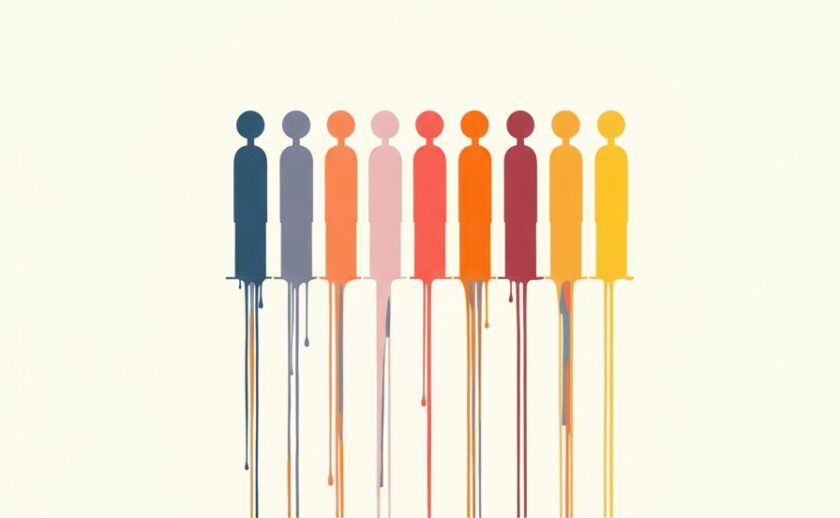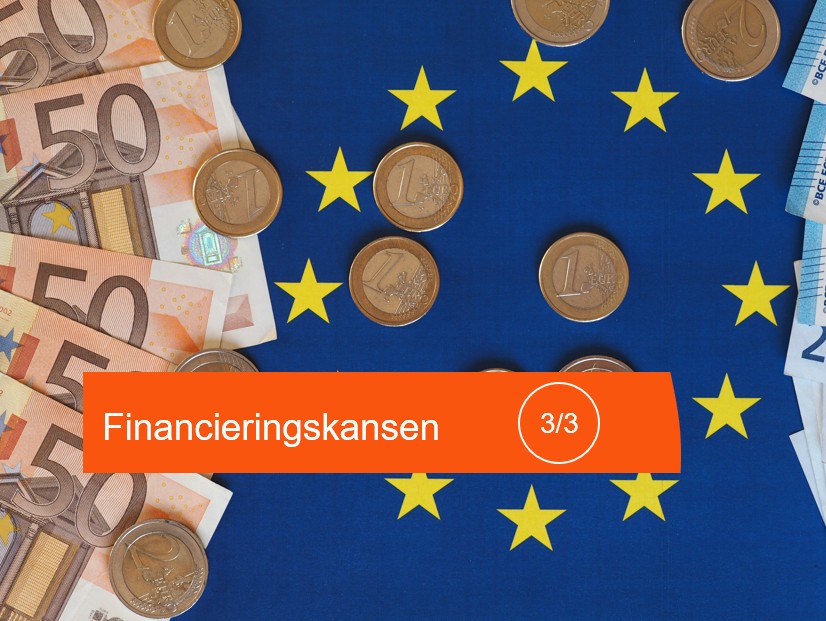Copy, adapt, paste – A European Exchange
In June the Netherlands hosted a European knowledge exchange for the ECHoS project, welcoming national cancer mission hubs from seven countries. Over two days, we shared experiences, discussed challenges and explored what it takes to shape and implement national cancer plans. Different as our health systems may be, what connects us is bigger than what separates us. We work hard on the same shift: from fragmentation to focus, from ambition to action. And we are all looking for inspiration to help us accelerate.

The two-day exchange took place in Utrecht and was organised by the hub of the Netherlands Cancer Collective (NKC hub), supported by KWF, IKNL and NFK. Delegations from Romania, Portugal, Sweden, Norway, Finland, Belgium, Austria and the Netherlands came together to reflect on how national cancer plans and mission hubs are progressing. The programme combined structured exchange and informal conversations, with plenty of space for learning and connection.
What we saw: no single model, but shared struggles
We opened the event with a ‘tour de table’, where each country presented key challenges and promising practices. A clear takeaway: there is no one-size-fits-all structure. Hubs take many forms. Some hubs are government-led, others are research-driven, or civil-society coalitions. Some are new initiatives, others build on existing cancer centres or innovation networks. Despite these different starting points, the challenges are remarkably similar. Fragmentation is a universal challenge: many actors, many initiatives, not always aligned. How to secure long-term funding. How to maintain momentum, (sometimes) in a temporary project structure. And how to build trust when you have no formal mandate, just shared ambition.
One participant captured the value of being together well: “We’re all trying to move forward with limited resources and no blueprint. It’s encouraging to know others face the same challenges and that we can learn from each other’s experiences.”
What inspired us
The value of a meet-up is not to replicate each other’s models and ideas, but to see what might work – with a little twist. Copy, adapt, paste. Every country brought something others could learn from. Portugal shared how its hub uses position papers to engage stakeholders and influence policy. Norway presented a national open call to form its own acceleration team, based on our Dutch model – an idea now embraced by the Norwegian Minister of Health as a strategy for other societal issues too. Romania’s citizen engagement campaigns gave new energy to public participation. Finland showed how its national cancer center coordinates regional networks, even as alignment remains a work in progress. Belgium demonstrated how a formal link to the federal government – through Sciensano and thematic working groups – helps align national with European efforts. And Sweden shared how its Vision Zero Cancer initiative brings together academia, health authorities, and innovators around a bold goal of disrupting cancer care.
What stood out were the approaches: inclusive, pragmatic, experimental. Several hubs use stakeholder mapping tools, citizen panels, or innovation awards to accelerate momentum. More than once, we heard the same reaction: this could really work for us – with a few tweaks.
A closer look: the Dutch experience
In our deep dive, we shared how the Netherlands went from ambition to agenda to implementation. The Netherlands Cancer Agenda was built through an open process with a bottom-up movement of 140+ partners, supported by an independent hub. It took just over a year to go from exploration to a shared national plan – thanks to strategic choices, a strong facilitation process, and trust between partners. We shared how we structured that process, how we prioritised goals and how the hub supports collaboration. The overarching lesson? Don’t wait for perfect conditions – start where the energy is and make progress visible.
Data plays a central role in how we steer this movement. We showed how the Netherlands Cancer Atlas supports regional planning, and how scenario models can strengthen the policy case for prevention. Our ‘Kanker Impact Barometer’ offers a clear snapshot of key trends linked to our national cancer goals to show where we stand and where more effort is needed. Another example was Donate your Experience – a recurring panel where thousands of people living with or after cancer share their insights. It’s a way to bring patient voices into practise with data to back it up.
Implementation in practice: the Prinsess Máxima Center
On day two, we visited the Princess Máxima Center for pediatric cancer – an example of what happens when research and care are truly integrated. The center brings lab and clinic together under one roof, with organoids and real-time diagnostics embedded in daily workflows. It was built from scratch to serve a complex group – children with cancer – in a focused and specialised way. The late effects programme stood out – one of the most comprehensive in Europe. Survivorship is not an afterthought here. It’s part of the system with personalised follow-up, psychosocial care and family-centred design. In short: survivorship starts on day one.
What’s next
One of the strongest takeaways? Alignment starts with content – nationally and across Europe. Despite our different contexts, we work on the same issues. That shared content is our anchor. It’s where trust grows and collaboration begins It’s the mission that unites us: reducing the impact of cancer on people and society.
This exchange reminded us that we’re not alone and that there’s more to gain from each other than we often realise. The network is growing. The energy is real. Let’s keep sharing, adapting and moving forward – together.
Do you want to learn, more, download the summary booklet.


